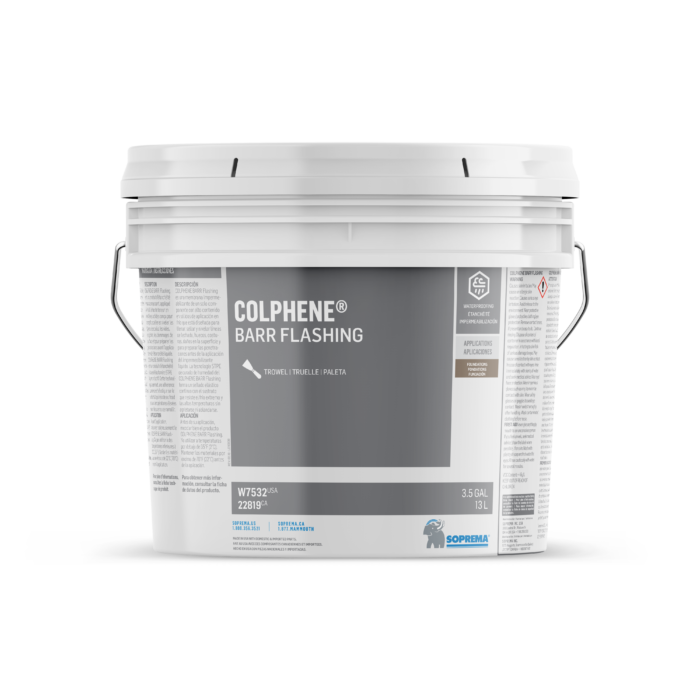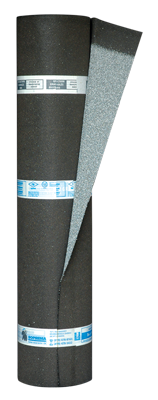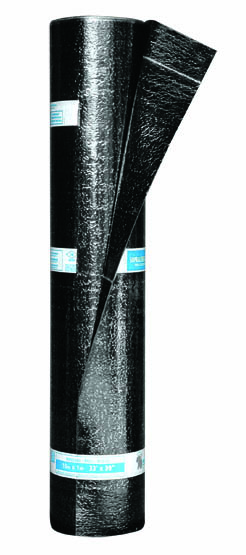COLPHENE® BARR Flashing SKU: W7531

COLPHENE® BARR Flashing SKU: W7531
COLPHENE BARR Flashing is a single component, 100% solids content, liquid applied, moisture curing elastomeric waterproofing membrane. COLPHENE BARR Flashing’s STPE moisture cure technology forms a continuous, tough elastic seal to the substrate that withstands extreme cold and high- temperatures without cracking or softening. COLPHENE BARR Flashing is ideal as a positive-side waterproofing for sealing foundations. It can also be used in between slab waterproofing, equipment wells, and other underground construction. In above grade applications, use COLPHENE BARR Flashing to waterproof planter boxes, sealing parapets, plaza decks, and green roof systems.
Product Properties
- Installation Method 1 Part
- Material Liquid
- Technology STPE
Installation
COLPHENE BARR Flashing should be used in temperatures above 35°F (2°C.) Maintain COLPHENE BARR Flashing materials above room temperature before applying. Remove all dirt, oil, loose paint, water, frost and other contamination that can interfere with bonding. Form release residue and lime should be power washed and allowed to dry. COLPHENE BARR Flashing should be applied to a minimum thickness of 90 mils. Please refer to SOPREMA specifications and installation instructions for additional application guidelines prior to use.
Related Products
INSONOTEX
INSONOTEX is a high-density felt membrane specially designed to soundproof laminated floating floors, which can be installed directly on the…
View Product
COLPHENE® 250 FR GR
COLPHENE® 250 FR GR (fire retardant, granulated) is composed of a proprietary formulation of elastomeric styrene-butadiene-styrene (SBS) polymer-modified bitumen and reinforced with a tough, dimensionally stable nonwoven polyester mat. The topside is surfaced with ceramic-coated granules, and the underside is surfaced with fine mineral aggregate to facilitate cold adhesive application.
View Product
ELASTOPHENE® FLAM 2.2
ELASTOPHENE® Flam 2.2 is an SBS-modified bitumen base ply for use in approved multi-ply membrane and flashing assemblies. ELASTOPHENE Flam…
View ProductRelated Projects
Cleveland Clinic – Cleveland, Ohio
Cleveland Clinic’s main campus consists of 41 buildings on about 140 acres near University Circle, Cleveland. They operate 14 family health and ambulatory surgery centers in surrounding communities and a multispecialty hospital and family health center in Weston, Florida. Various SOPREMA® systems have been chosen for their waterproofing needs.
Second Ward Gymnasium – Charlotte, North Carolina
Second Ward High School is a historic school in Charlotte, North Carolina that opened in 1923. The school was closed in 1969 and eventually demolished,with the exception of the gymnasium. When renovating the building into a recreation center, SOPREMA products were used to seal and protect the wall systems.
